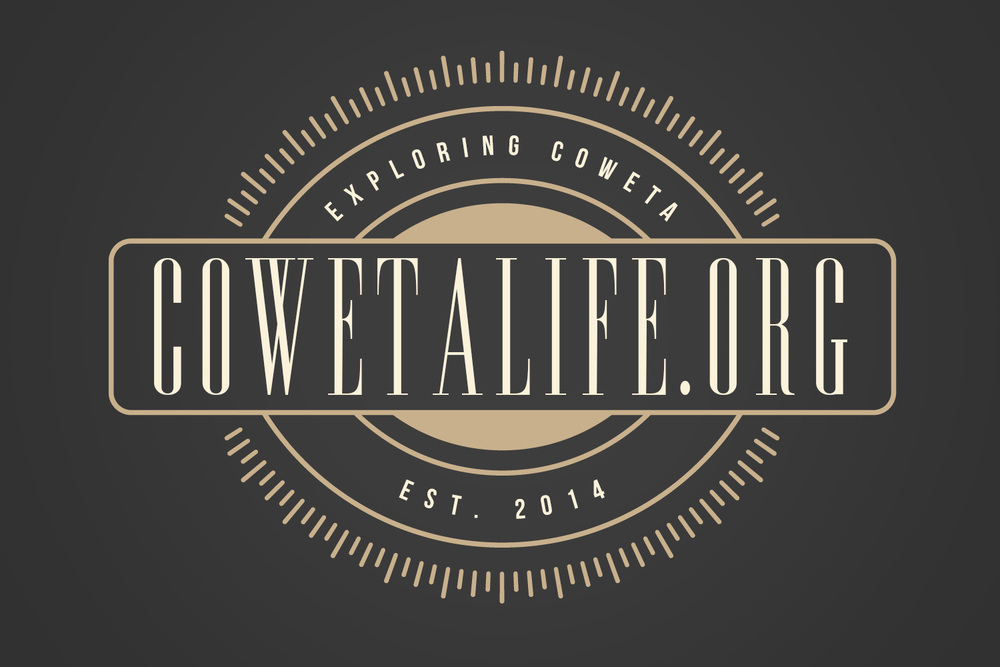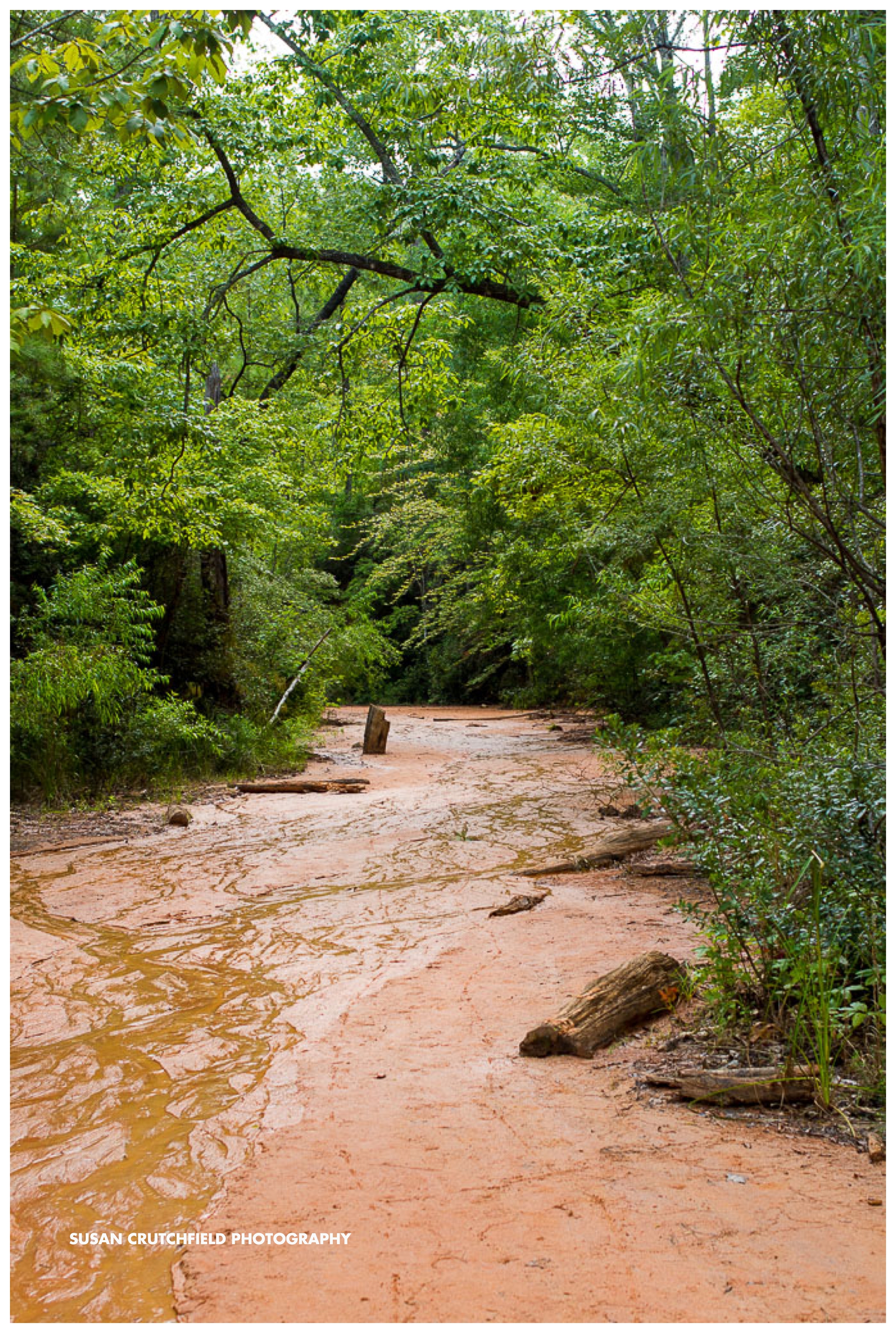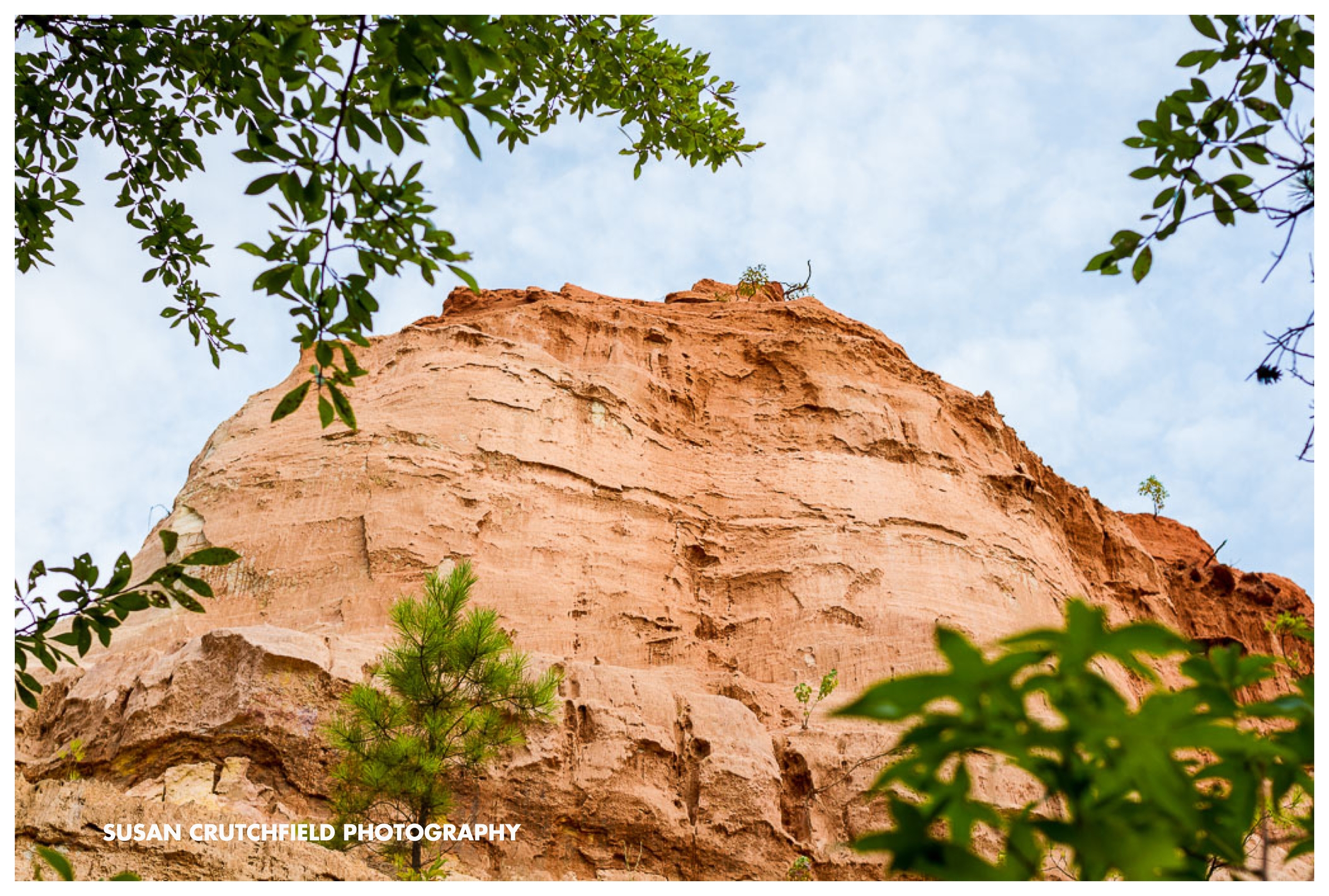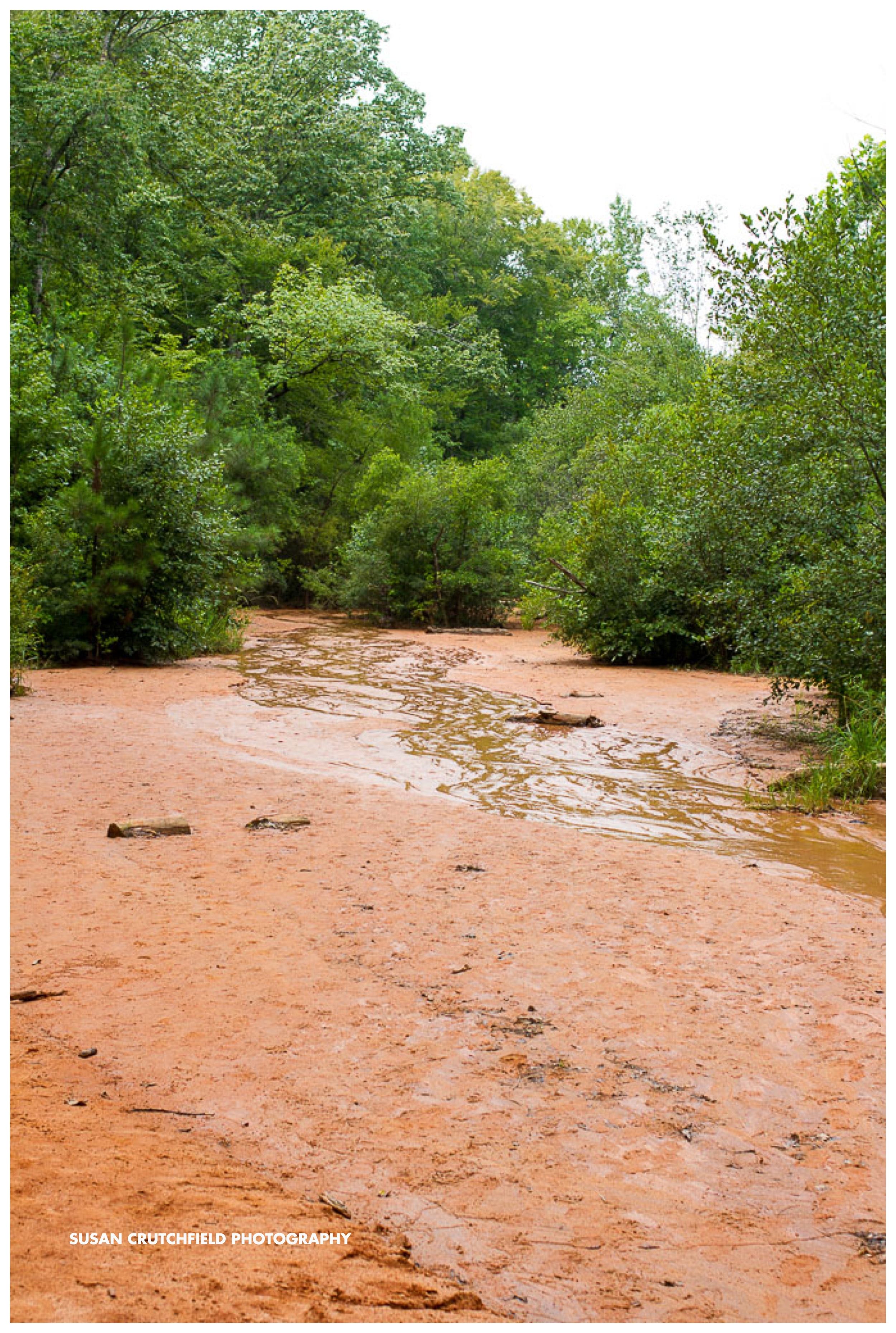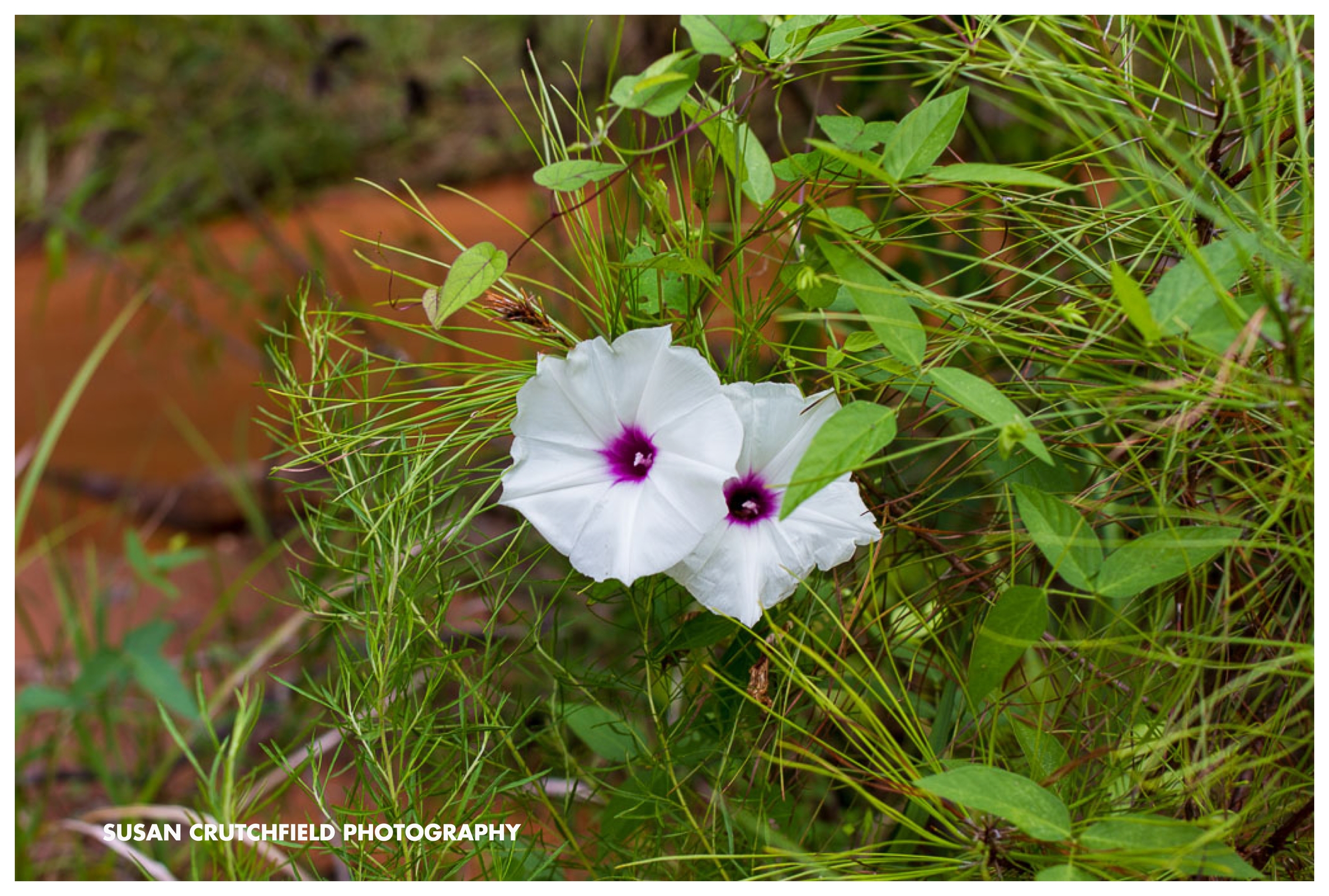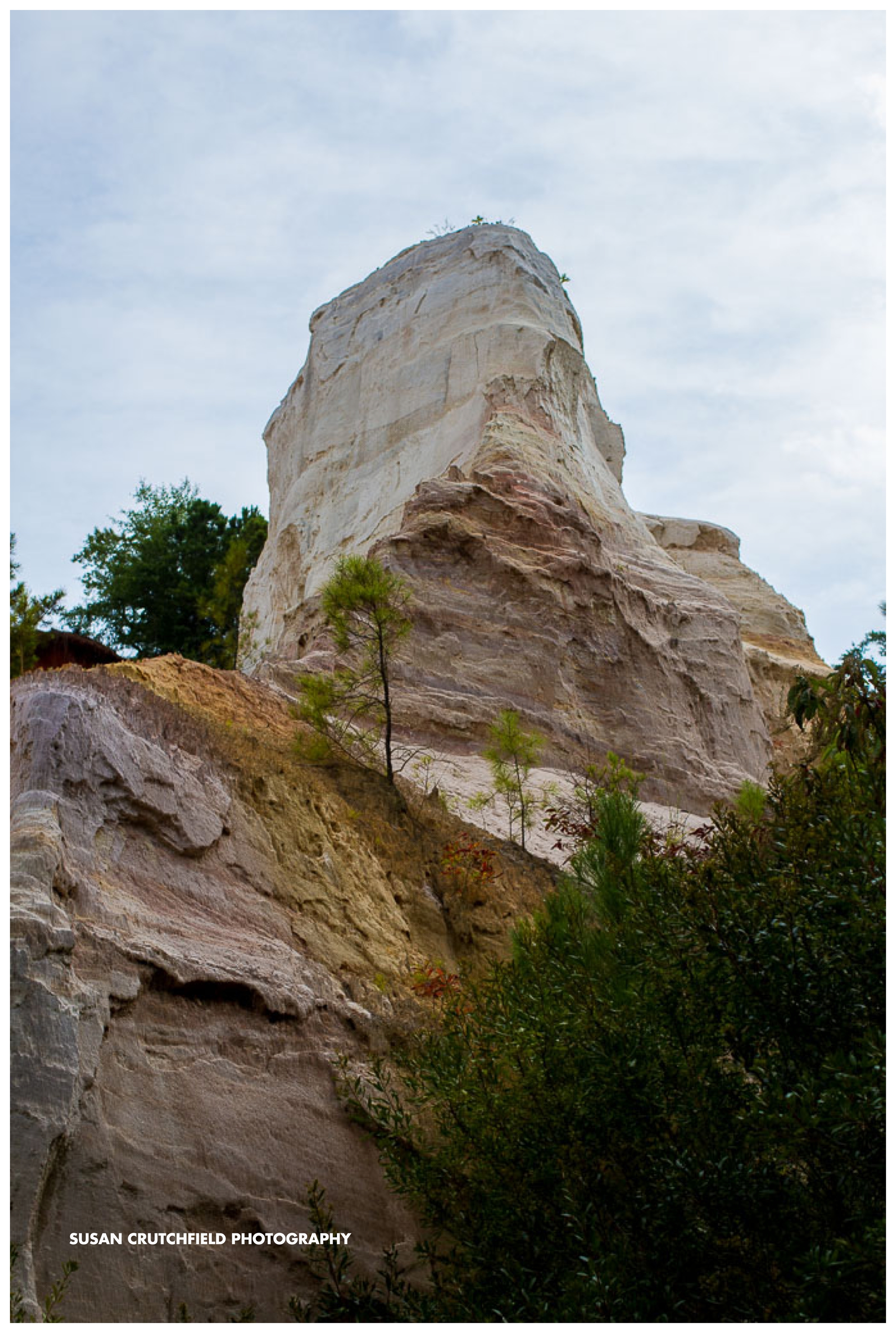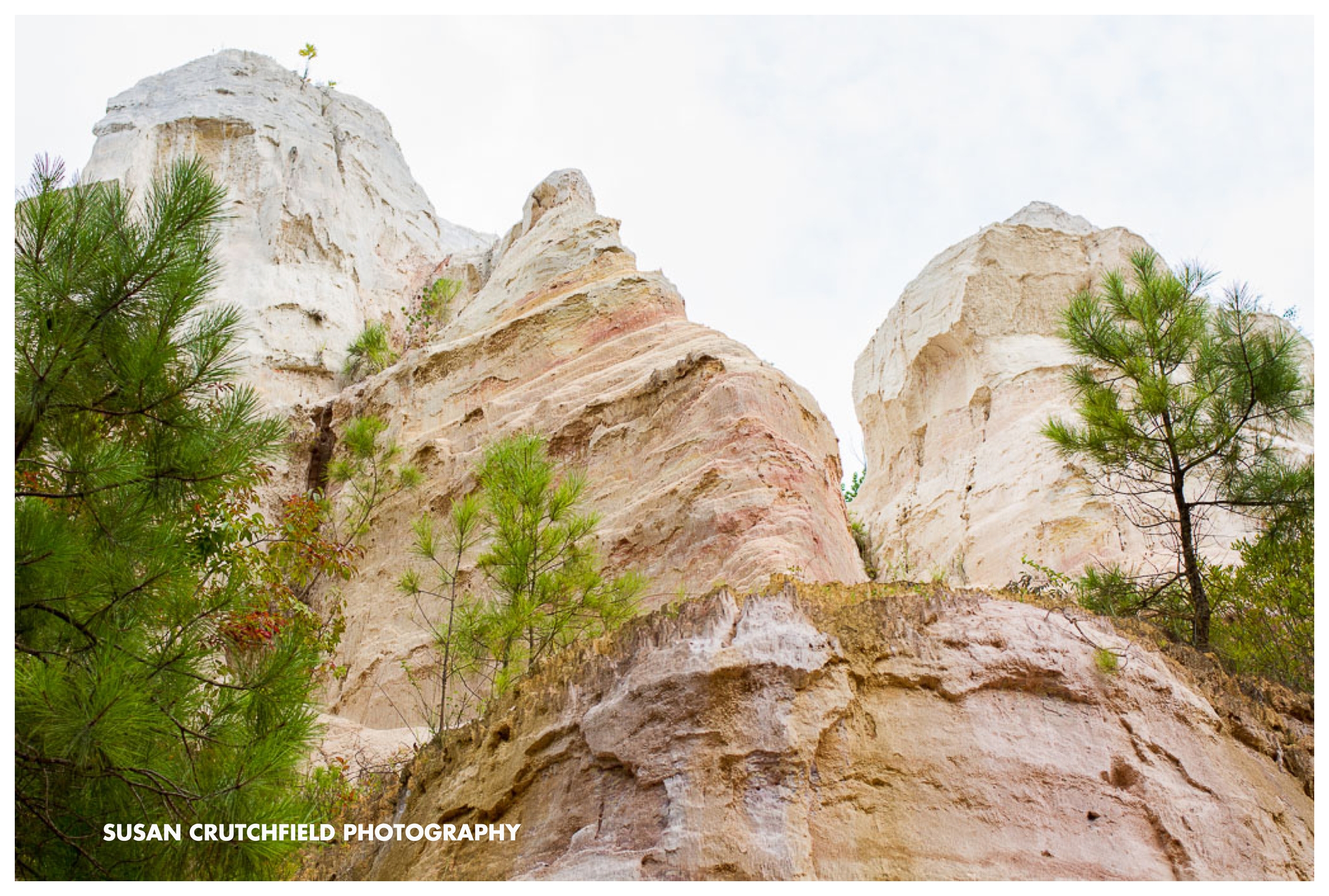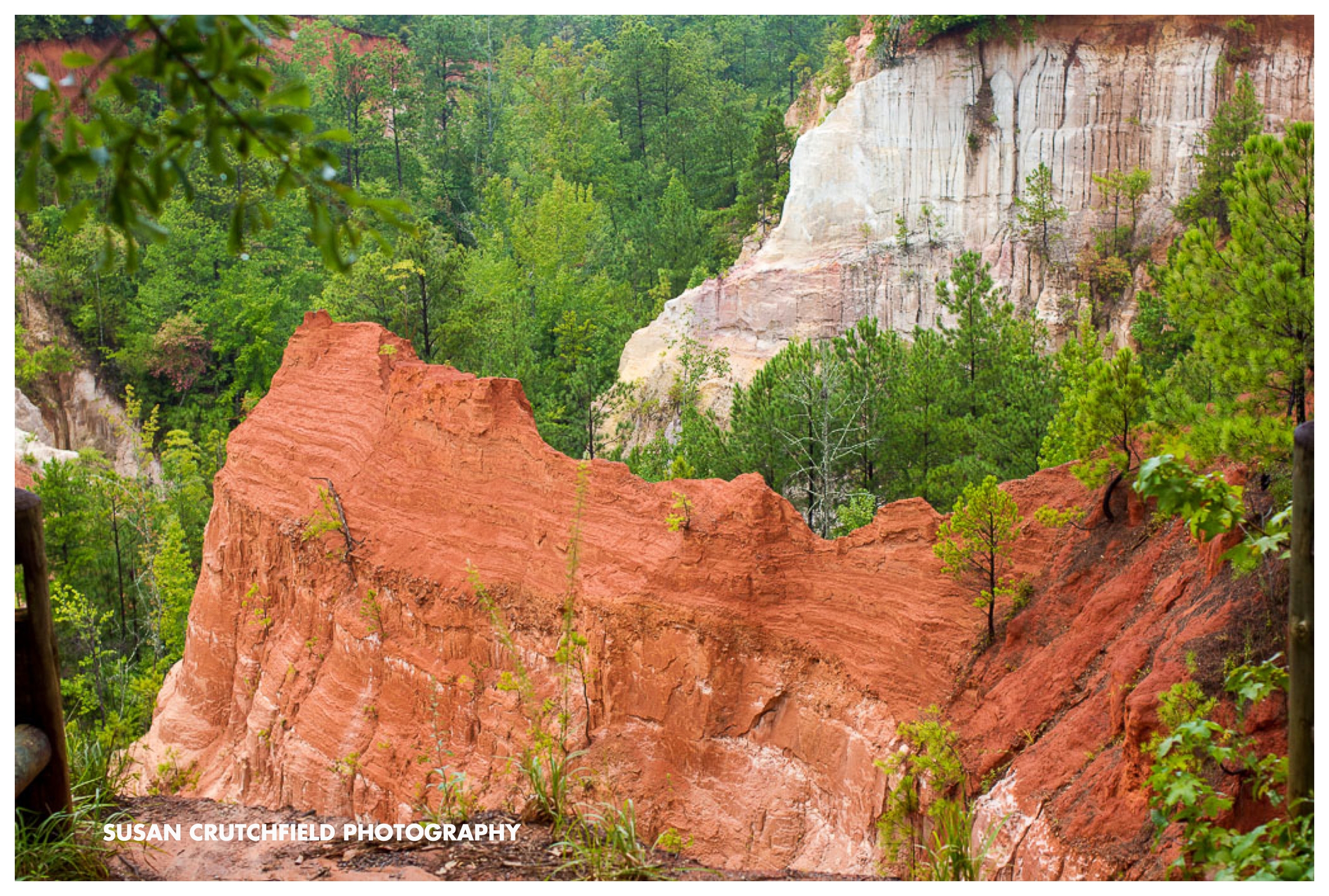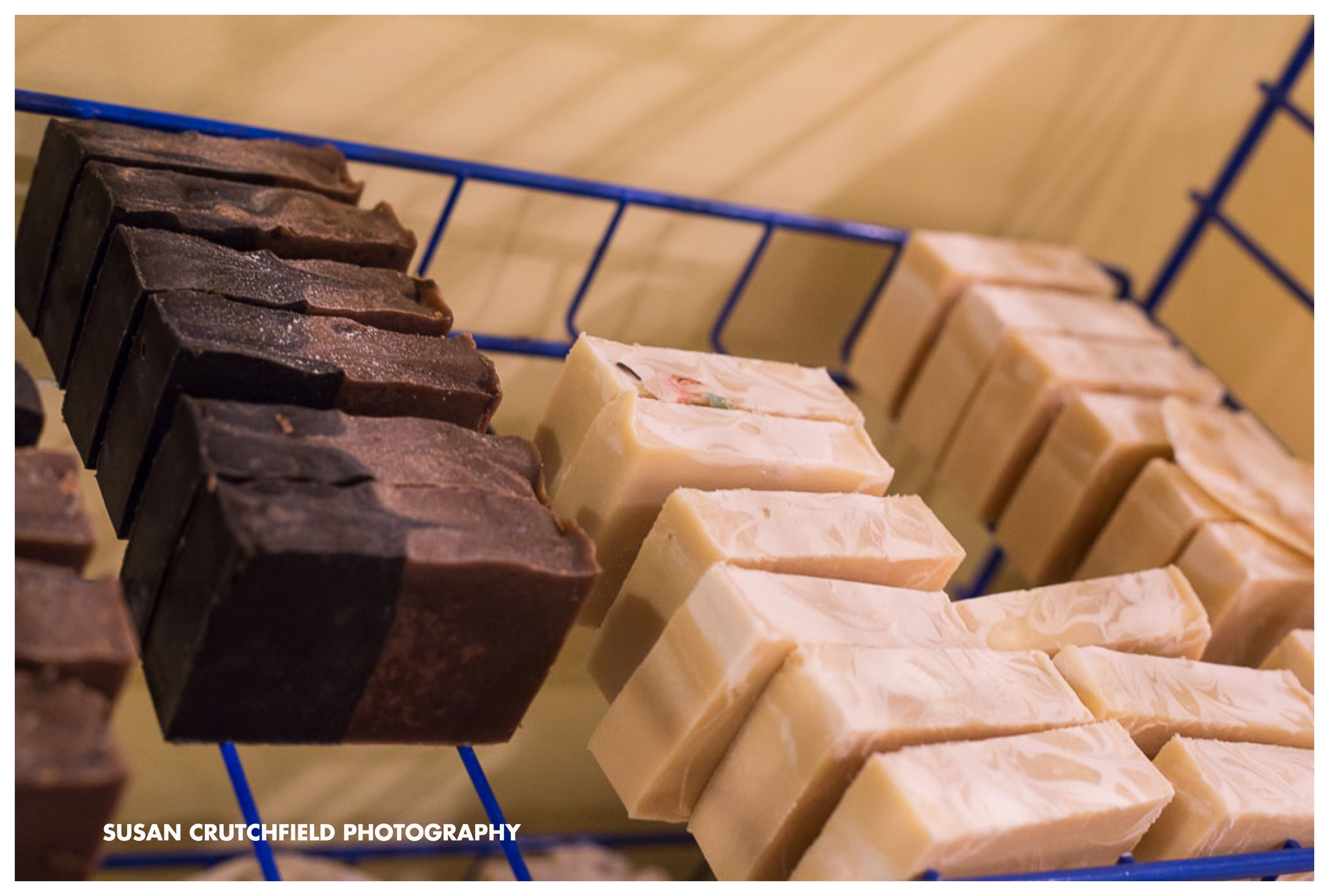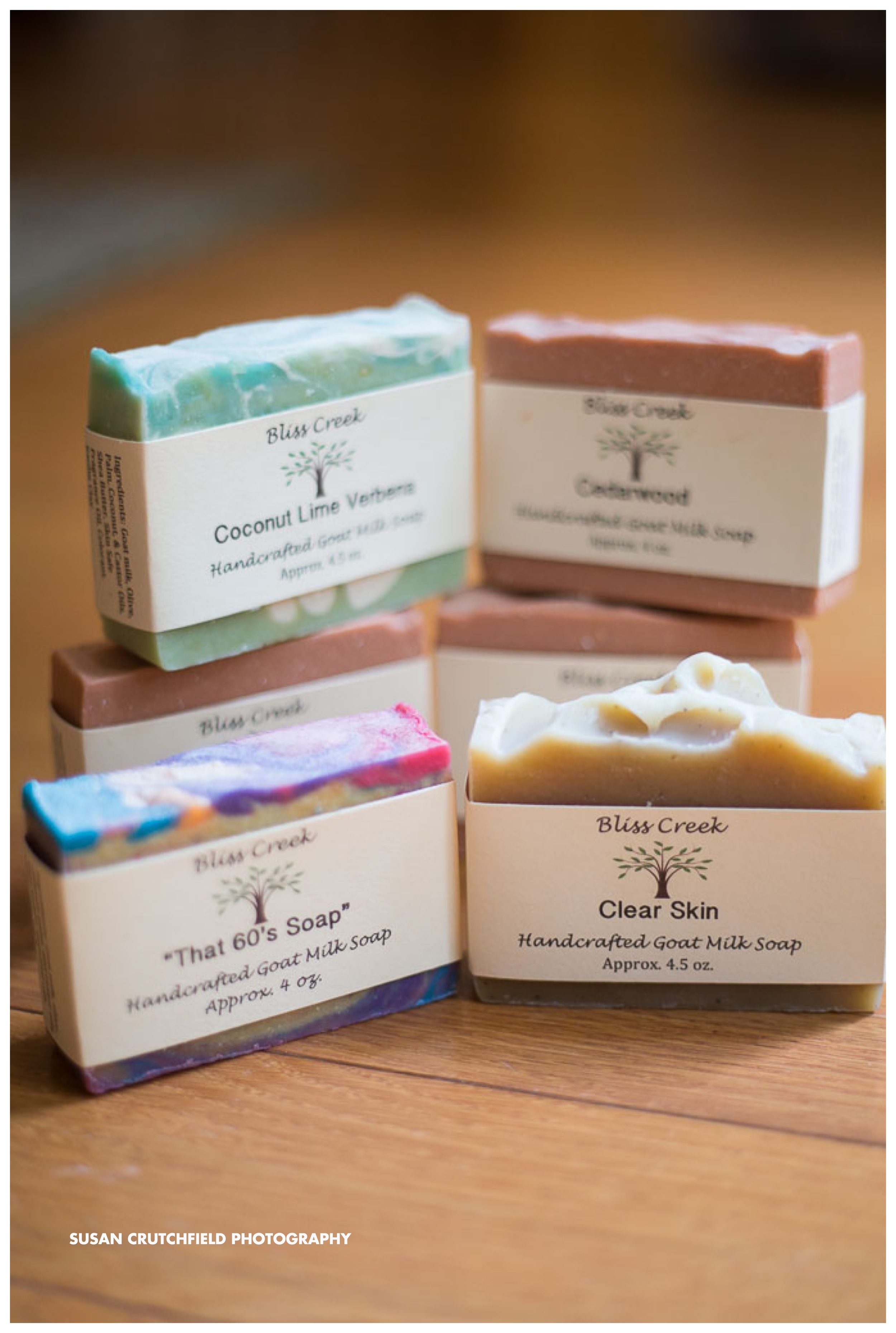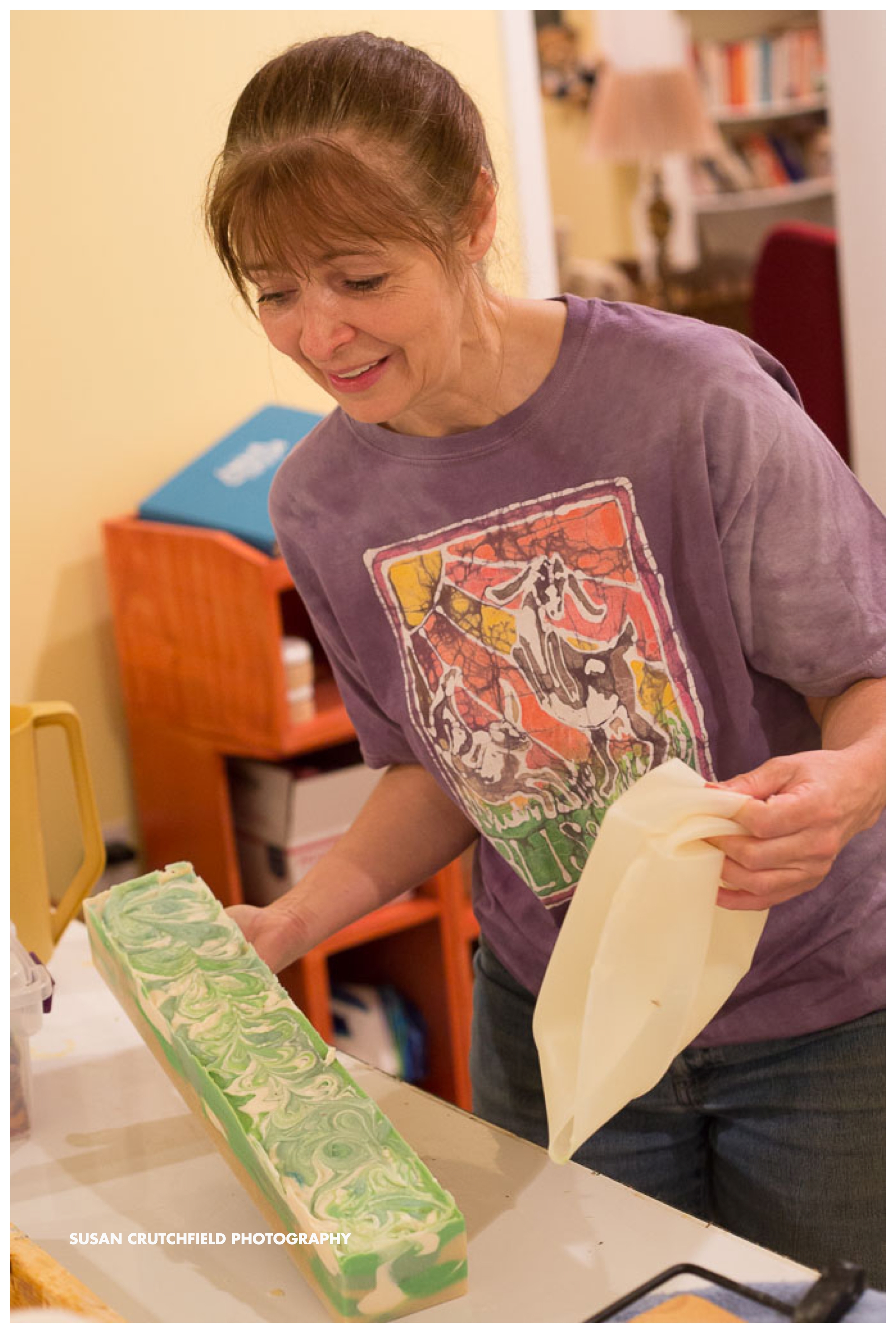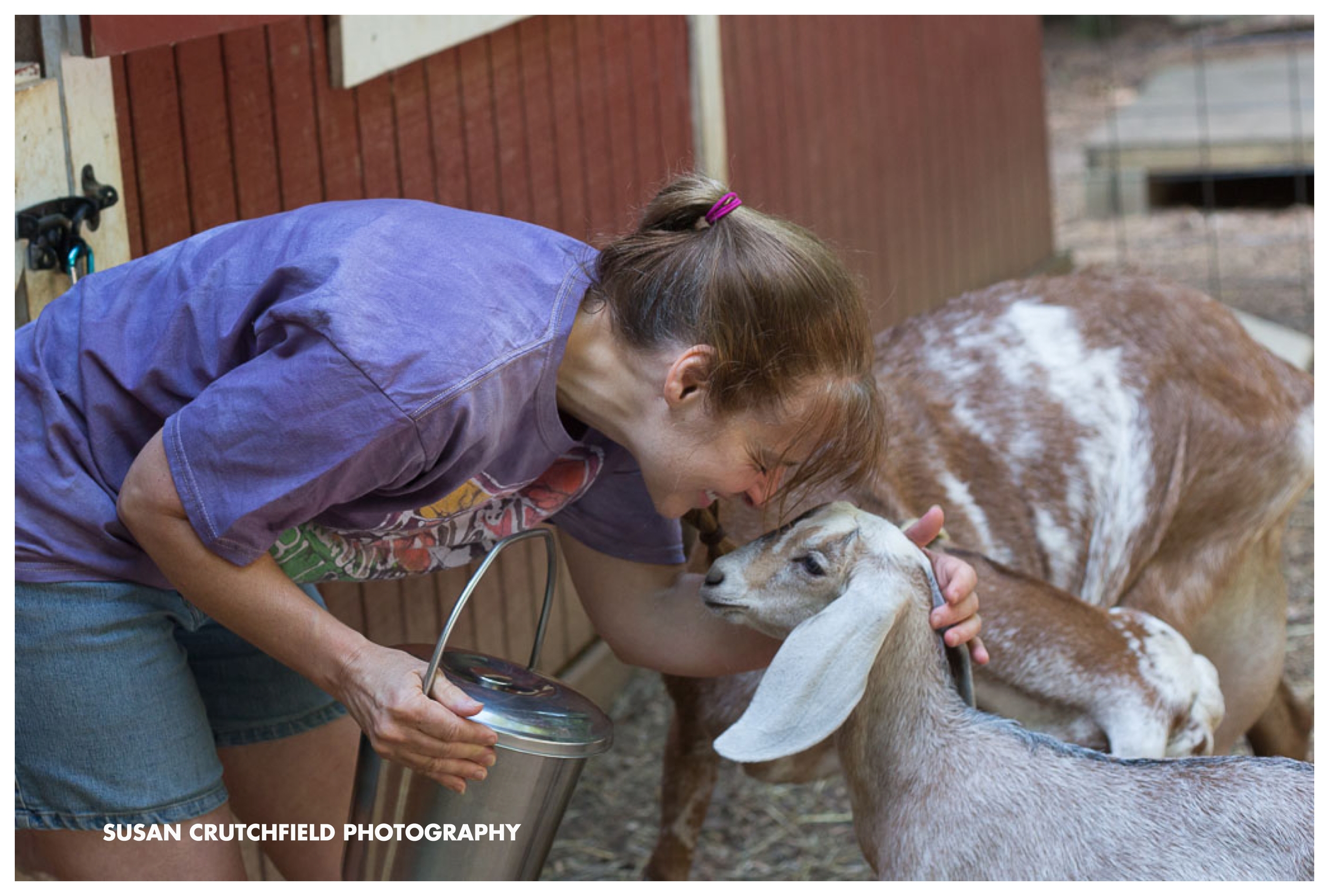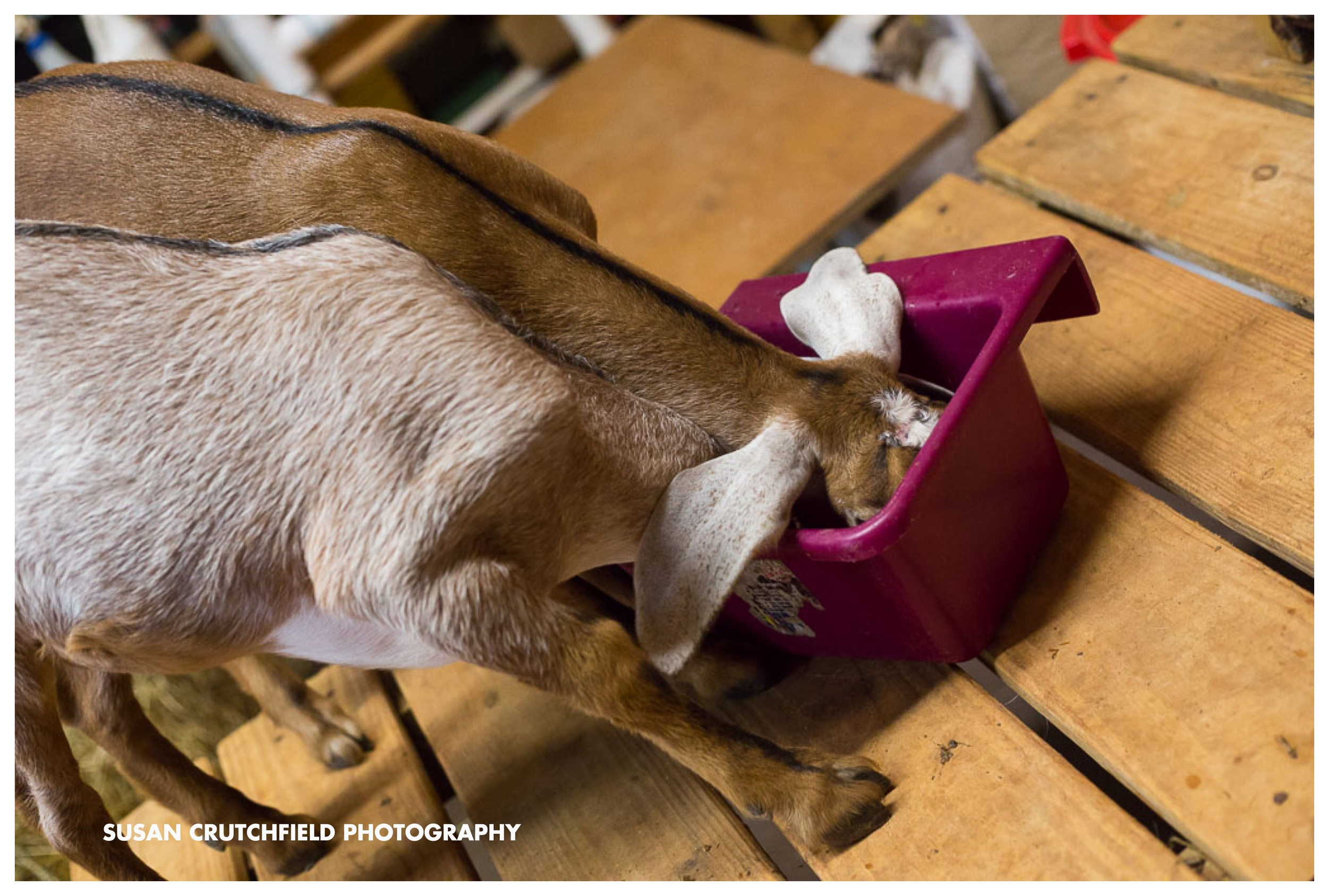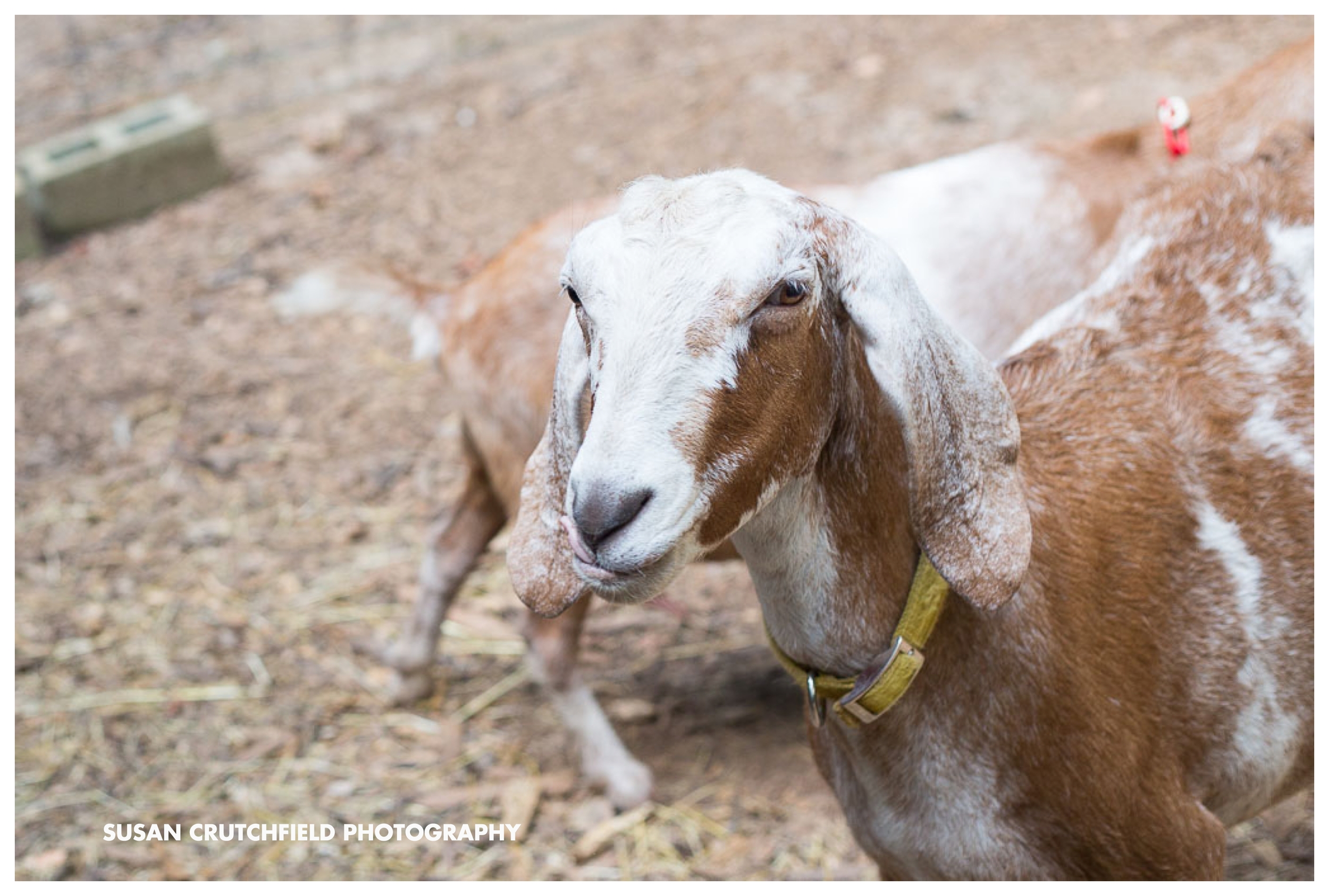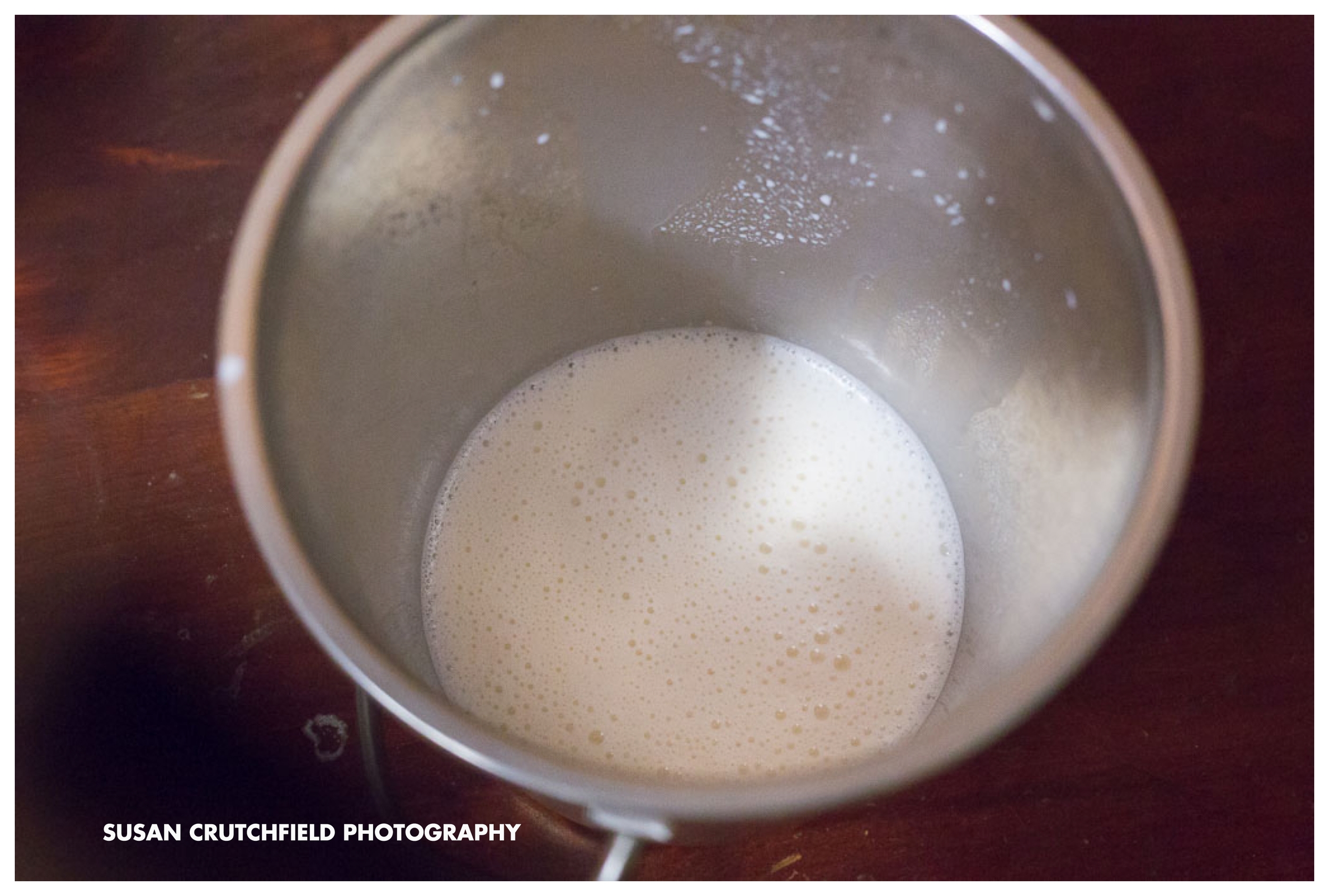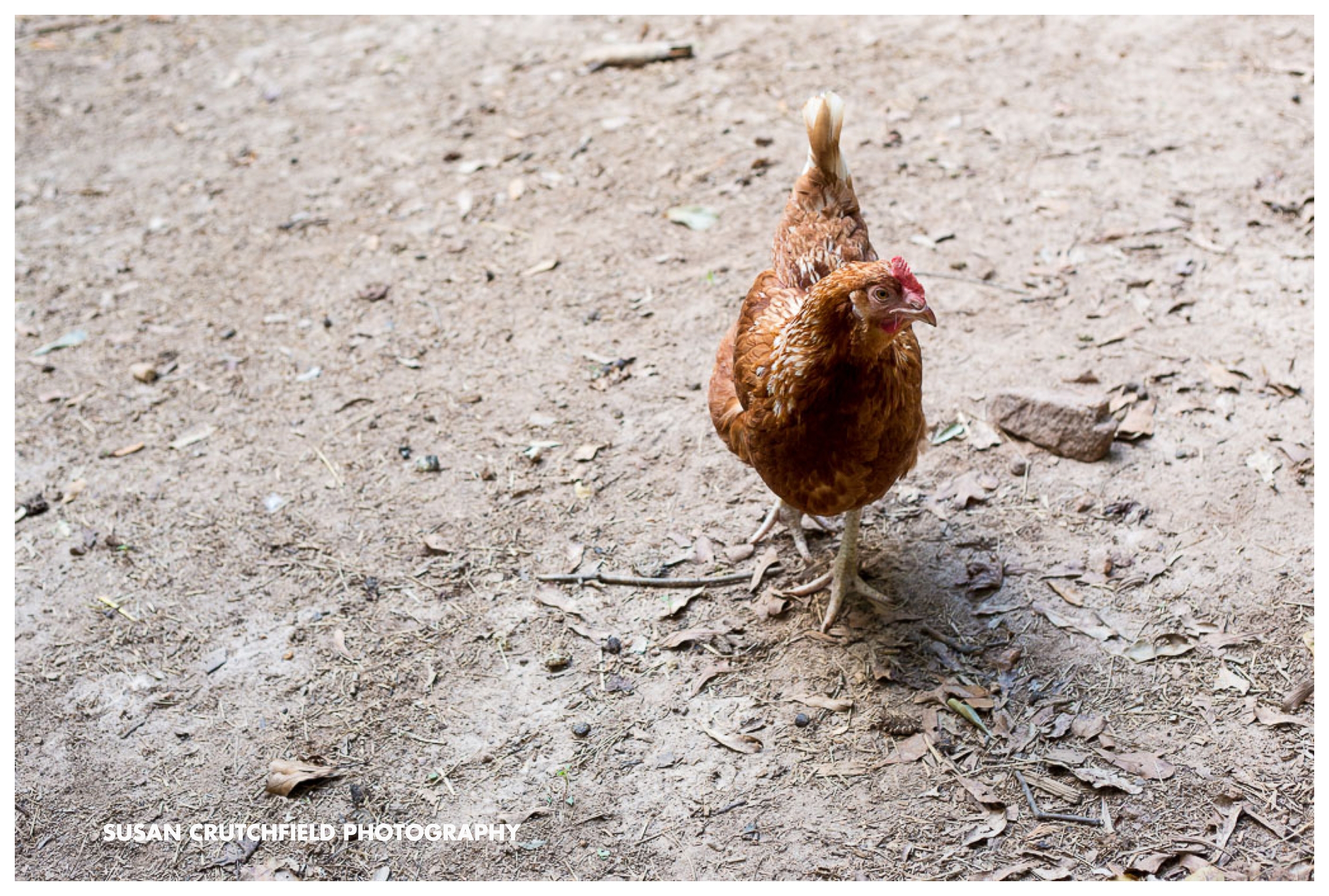PLEASE NOTE COWETA LIFE IS NOT AFFILIATED WITH ANY OF THE PLACES, PEOPLE, OR THINGS WE COVER. PLEASE CONTACT EACH BUSINESS OR PERSON DIRECTLY IF YOU HAVE QUESTIONS. SENDING AN EMAIL THROUGH OUR CONTACT PAGE WILL NOT GET YOU IN CONTACT WITH THE BUSINESS BUT WITH COWETA LIFE. WE ARE NOT ABLE TO REPLY OR FORWARD EMAILS MEANT FOR THE BUSINESSES WE COVER. THANK YOU!
As Cowetans, we have a love hate relationship with the rich, red Georgia clay. We have cursed it for clinging to our cars, shoes and pets. We also love the beauty that it lends to our Southern landscape.
Nowhere is this more apparent than in Providence Canyon State Park.
This series of canyons, nicknamed Georgia’s Little Grand Canyon, offers a spectacular display of the colors of the Georgia soil.
The most prominent of these is the deep reddish brown of the familiar clay.
The beauty of Providence Canyon has an unfortunate beginning.
Prior to the 1800s, the Cherokee people who had lived there since before recorded history tended the land where the canyon now lies.
The Cherokees were familiar with the sandy nature of the local soil and worked the land using techniques that preserved the integrity of the landscape.
In the early 1800s, soon after the Cherokee people were forced to cede their land, settlers moved in to farm the area.
They were unaware of the need to practice a different type of farming from that they knew. They worked the land using a plow.
Wind, water and time quickly began to turn the furrows in the land into deep gulches.
In less than 150 years, the deep gashes turned into canyons that are as deep as 160 feet.
Despite the canyon’s disastrous beginnings, they are absolutely stunning.
We made the hour and a half journey on one of the first days of summer that has not been oppressively hot.
The state park lies slightly south of Columbus near the small town of Lumpkin.
The canyon takes its name from the church established by the first people to settle the land after the Cherokee cession.
We enjoyed the light breeze as we took the steep trail that descends to the canyon floor.
The bottom of the canyon is below the water table, so it is always wet and muddy.
We suggest if you go that you wear shoes that you don’t mind getting dirty. By the time we were done, we were up to our calves in mud.
The bottom of the canyon is stunning.
The trail is a path composed of muddy clay and sand.
We spotted several gorgeous plants, and the area was alive with beautiful butterflies.
Because it is so wet, there are a lot of pesky bugs.
We actually got the chance to try out the Bliss Creek Farm Buzz Off bug spray we purchased at the Newnan farmer’s market and were pretty amazed at how well it worked.
A short hike from the floor takes you into the canyons. There are nine of these.
When the canyon walls began to close in around you, it feels as if you have left Georgia and stepped into the American southwest.
The red Georgia clay is streaked with rose pink, light purple and stark white sands that make the canyon walls look like a sunset.
The erosion pattern causes some of the wall to rise into the sky like a giant chimney formation that would be more at home in a desert.
We were completely awe struck as we craned our necks to look up at the hundreds of feet of geological wonder.
The constant trickle of water has left some of the walls smooth and curvy, while others are jagged and rutted.
We took our time exploring and enjoying the beauty.
We only took the canyon trails because of the heat, but in the fall we would definitely consider doing the longer hike that leads out of the canyon and through the pines.
Along the canyon rim trail, you can view the rusted out remains of old cars that belonged to a long abandoned homestead.
The local wildlife has made a home of these automobile shells, and for this reason they are left to decay on the side of the trails.
At the top of the canyon, there are overlooks that offer a spectacular view of the entire area.
Standing there, we could not believe that this beautiful vista was created by a few donkey driven plows just a few decades ago.
Just as we were admiring the view, we heard a rushing noise from the canyon and realized a wall of water was headed our way.
We made it to the car just as a pounding summer rain drenched the landscape.
We think this beautiful hike is definitely worthy of a day trip.
Bring old, comfortable shoes, bug spray and a picnic.
The visitor’s center is closed during the week, but maps and restrooms are always available. Please let us know if you have visited Providence Canyon. We would love to hear your thoughts!
